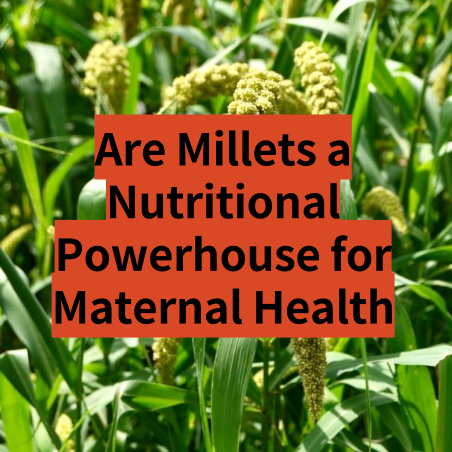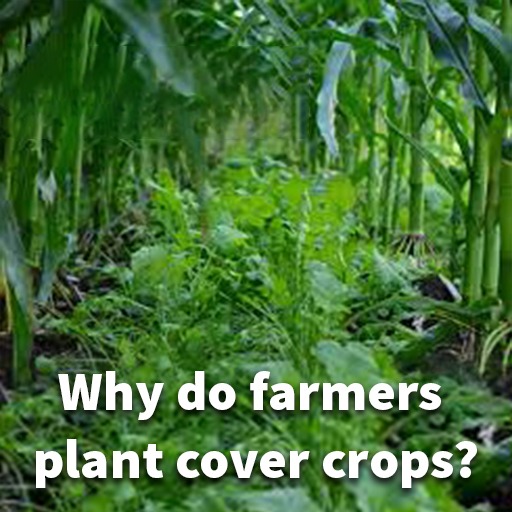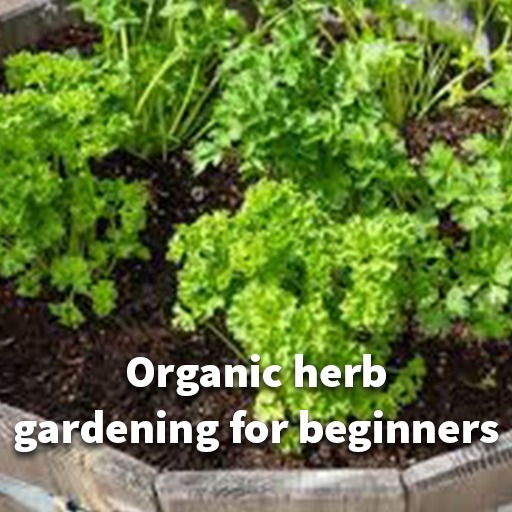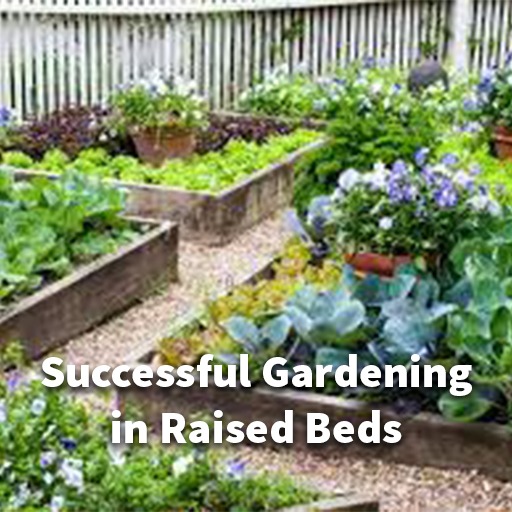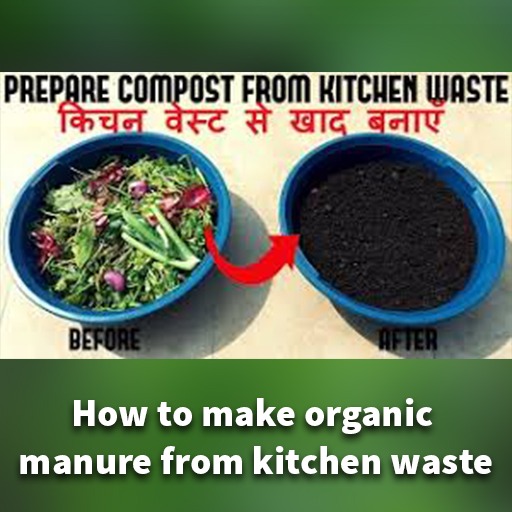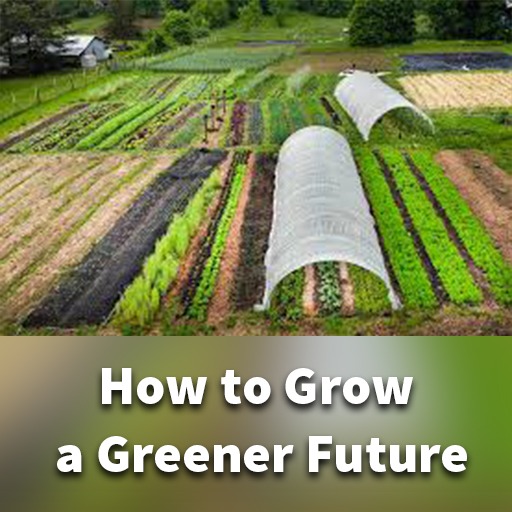Growing without digging is an amazing method. It provides nutrient-rich soil for plants to develop in, and it is a great technique to get rid of weeds. In general, you won’t be harming the soil life if you don’t dig. You’ll require a big number of organic materials. Compost, manure, or mulch, are required for a no-dig garden. Constructing a no-dig garden is an easy process that takes little time.
Here are some easy steps you can follow to create a no-dig garden easily:
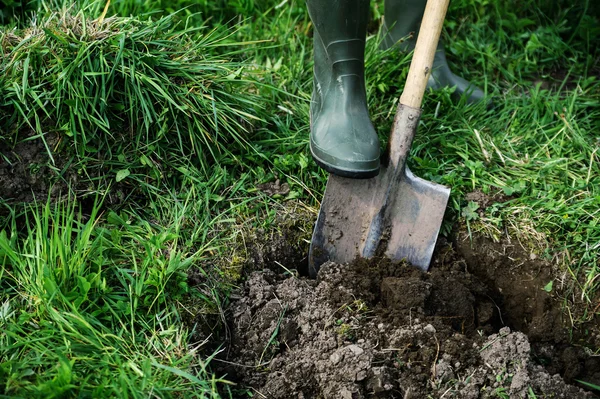
Select a Location:
Choose an appropriate place for your no-dig garden bed. It is on a perfectly flat surface and receives an extra five hours of sunlight every day. Anyone can create the no-dig gardening on any surface, including existing soil, concrete, paved surfaces or lawn; however, the very first step of the building will differ depending on the ground. Mark the location of the no-dig garden bed and create it without edges, or design it as a raised bed.
Ground Preparation:
Spreading down a layer of tiny branches and sticks, bushes, and old dried leaves seven to ten cm thick over cement, concrete, rocky terrain, or even other concrete floors. This layer aids drainage, preventing water from pooling on the hard surface and causing soggy soil. This layer can also include dried seaweed. If you’re going to construct on top of a lawn or grass, you can either cut the grass very short first or just leave it alone. Then, after watering it, fertilize it with so much nitrogen-rich fertilizer and lime. The fertilizer will aid in the decomposition of the grass once it has been covered and buried beneath all of the levels that will be placed on top.
Layer of Paper:
Arrange sheets of paper one on top. This paper covering will keep moisture in and keep weeds out. If you’re going to use cardboard, you’ll have to soak it in water initially, which isn’t as simple. The additional disadvantage of cardboard is that it has borax-based adhesive, making it a second-best option. If newspapers aren’t available, use them instead, and avoid glossy printed material papers or office paper because they contain harmful inks, which you wouldn’t want in your meals.
Lucerne Layer:
Lucerne should be set down in a ten cm layer. You can choose any carbon-containing item, including peas straw, mulch, etc. However, lucerne is recommended as it is high in nitrogen content and comes down so easily than other straw types.
Manure and Compost Layer:
Apply a thin coating of manure to the area. You could also add compost to make a five cm thick covering, although a thinner sheet is best as well. Spread the stuff away from the roots of any new plants in the garden bed to prevent damaging.
Straw Layer:
Place a 10cm thick coat of straw on the ground. Any carbon-containing substance, such as sugar cane, pea straw, and mulch, can be used. Make sure you don’t walk through the garden, compacting the earth once more instead of paths and garden beds.
Dig Holes and Put Plants:
Make holes about 12 to 15cm wide and evenly deep in the top layer of sand. Fill the hole with compost. Seedlings and plants could all be planted. Water in the hole. When watering the seeds or plants, you could also add seaweed extracts to the water. Plants require more than just the most basic nutrients. Seaweed includes nearly every important mineral, as well as all of the trace minerals that plants require, and it aids in the development of strong, nutritious roots.
Benefits of No-dig Garden:
Time-saving not only through not digging, as well as by decreasing the number of weeds, water loss, and other benefits of this fantastic technique. No digging mixed with a layer of compost mulch releases latent nutrients, resulting in a good crop. Plants are more rooted against the air as soil texture improves, and difficult veggies become simpler to grow. Because of the good structure, you can place your foot on and even stand on beds if required. For more details visit us


